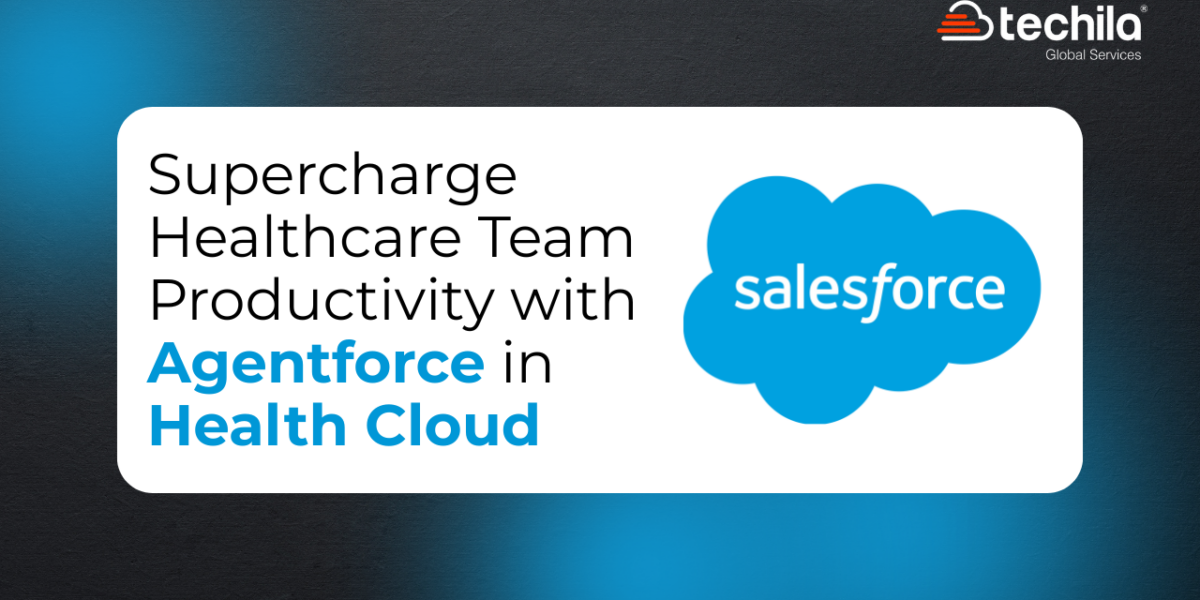Salesforce flow is an automated process also called Lightning flows. The predominant application ranges from making the tasks done on time and in a convenient manner. If you are holding the job of a Salesforce administrator, the maintenance of flow in Salesforce is an indispensable asset contained in the toolbelt that offers innumerable benefits.
The flow in Salesforce, if maintained smartly at the right place and at the right time, you can act akin to a Rockstar and outstand yourself among the team members. But if you fail to configure the flaws during the flow in Salesforce, you can be responsible for the creation of a messy situation. Let’s dive in to the guide that summarizes about the reasons for using Salesforce flow and other generalizations.
The following digital piece is going to cover-
1. What is Salesforce flow?
2. Reason for using the Salesforce flow
3. Reason for not using the Salesforce flow
4. Creation of Salesforce flow
5. Different types of flows in Salesforce
6. Parting tips
7. FAQs
What is Salesforce flow?
The flow in Salesforce is defined as an application program that is responsible for the automation of the complex processes inside the business. In simple terms, we can compile it as a platform that helps in the collection of information regarding the clients and tries to assess the data for some purpose.
Flows in Salesforce is also known as flows builder, which is similar to one of the declarative interfaces that govern its application in building individual workflows. A universal code in the form of logic is built with the help of a flow builder. This task is done without the requirement of any sort of specific programming language or a supported application platform.There are two ways to implement Salesforce flow. The first where describes the screen flows and the other is the auto-launched flow.
Reason for using the Salesforce flow
Several evaluation processes guide the kind of automation to be for a concerned task. This is mainly driven by the process that drives the data from the origin to the destination. Following are the major reasons for using a Salesforce flow–
1. These flows help create and edit any type of record which is being passed ahead to a particular flow. It can even be deleted in some of the cases. If you want to pass data, there is no requirement of relating a particular record in a Flow.
We can schedule the floors according to a requirement for running it on a fixed interval of time after the process of gathering records is over.
2. If you want to write or copy any chunk of information to the same record, you can take the support of the workflow field update application. This helps invoke the rule of the workflow. Moreover, in the majority of cases, it can act as a master record or a lookup that pertains to the development of a master-detail relationship for the record through which the rule is invoked.
3. There is also another option of writing data on to the same record and the name is process builder. It helps invoke the records or any kind of process and builds master-detail relationships. This process builders help create the records, but they have no right to eliminate or delete that record.
Reason for not using the Salesforce flow
After grabbing the data on what is flow in Salesforce, here are certain situations when we should not use flows in Salesforce.
1. In the majority of cases workflow rules or a process builder option can be worked out where we need to update the records or activate and send the email alerts. It is considered that flows are meant for handling complicated situations and to support the complex logics in Salesforce flow examples. Complex situations can be related to Apex that drives its execution declaratively. The better option is workflow rule if you desire to set up a new opportunity for the existing one and finally, set a scheduled email alert to be sent to the manager that handles sales and Commerce.
2. Apex Code is the best manager of complex logic and algorithms. This can also be used in the place of workflow rule or process builder. Many times, it becomes hard to handle the complicated logic and finally results in hardships while handling the process of debugging, managing, and documentation the flow. In those cases, it is a fair choice to choose an apex Code that can handle such logic in a better way and finally helps in debugging all the critical issues.
3. If you desire to create a simple and informative record, you should not go ahead with working along with Salesforce flow. So, if you are close to winning the opportunity, process builder or workflow rule is the best option to setup and proceed with the management of action.
Creation of Salesforce flow
If you are willing to create a flow in Salesforce, follow the simple steps given below-
1. Firstly you need to open flow builder. Take the help of the menu from setup up and enter the name as “Flows” in the space provided in the quick find box. Then you have to make a selection of “Flows” and proceed after clicking New flow.
2. Now you have to make a selection of the type of floor and finally make a click on create.
3. You need to make the use of canvas by dragging the elements onto the Canvas. Remember that each action is represented by an element that is responsible for executing the flow. These actions range from the tasks related to reading and writing the data in Salesforce, managing the data, modification of the information gathered, collection of the information related to a client, or any type of displaying of data.
4. Now you need to build the connection between all the elements that you have gathered so as to determine a particular sequence among them. Now they will get successfully implemented during the runtime. You have to take extra precautions by connecting the start element to the preceding element while handling the flows Salesforce.
5. Finally you have to save the flow in Salesforce to make sure that the work is successfully executed.
You can test the particular logic thoroughly in order to produce the desired output. Also, so you can proceed ahead in activating the floor and finally, make the distribution of the flows to the respective users.
Different types of flows in Salesforce
You should know that there are many types of Salesforce flows that even don’t need any kind of interaction with the users.
These types are not ready to support choices, actions, screen, etc. Some of them are as follows-
1. Custom button
2. Custom links
3. Lightning community pages
4. Web tabs
5. Visual force pages
6. Flow action
7. Custom aura components
One of the flows named Screen Flows need interaction with the user since it includes the usage of steps in choices. You should keep in mind that this flow does not support the pause elements. You need to throw the trigger that is scheduled before which finally runs at the dedicated time and according to a particular frequency.
Parting tips
This digital peace has guided you in all the respects about the semantics of flows in Salesforce customer 360, the customers of Salesforce and, the various tasks undertaken in a dynamic environment. These Salesforce administrator services benefit the customers in gigantic proportions and help in the creation of profiles of the clients comprehensively.
Hope the explanation is conveyed in an understandable manner. In case you have queries, you can definitely fix the consultation with our Salesforce Support to proceed ahead with the process evenly.
FAQs
1. What is meant by the Flow interviewSalesforce?
In Salesforce, the flow interview is a kind of branding example of the Salesforce flow. It is one of the applications managed and created by the admin. That minute’s traitor firstly questions you to enter/feed the details in the form of inputs and processes the information according to the semantics of Salesforce flow.
We can take an example of a script made for the calls supporting the customers. The floor interview schedules a process in which a flow acts as a link that provides a call script, and finally, it uses the information input by the user for the provision of a particular case.
You have the freedom to run this process either by a button or a link. The whole process is executed in the form of a single example of a flow. In simple terms, we can understand that, if you have created an account name record, it becomes the single instance of the particular account object which is being customized by your admin.
2. What is the method to call a Flow from a button in Lightning?
1. You need to proceed with the creation of a custom action. This is basically required for your recording question. The first step is to go to the option named object manager and finally proceed towards “Object Name” where you will be provided buttons, links, and actions.
2. You need to make a selection of the type as Flow under the menu of customer action.
3. Next step is to execute the configuration of the custom action. This is done so that you can refer to the flow and give it a relevant name.
4. Go on adding the custom action onto a certain page layout on which you want to have the Flow.

 +1 561 220 0044
+1 561 220 0044 +61 255 646464
+61 255 646464 +91 909 080
3080
+91 909 080
3080

